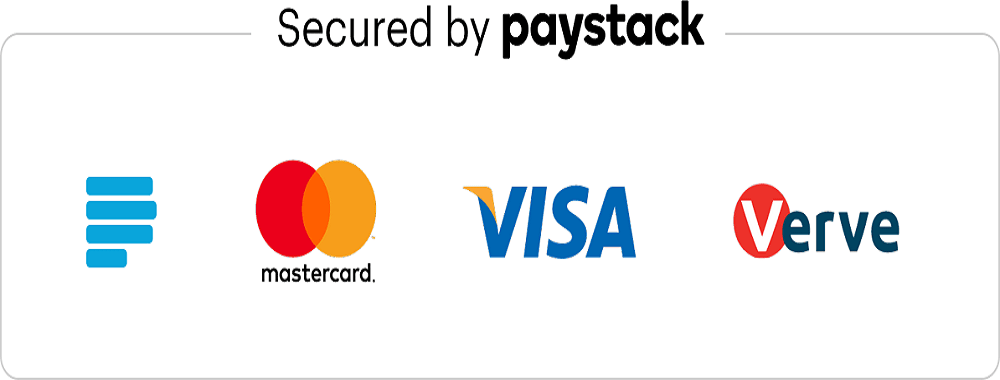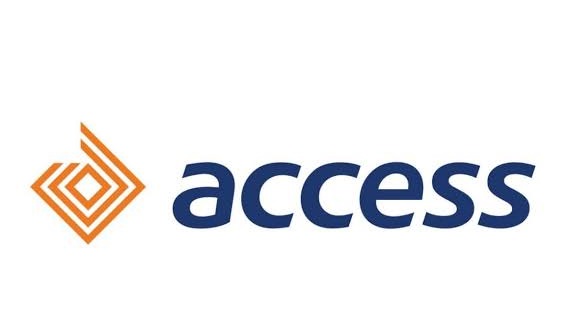- Search for topics or project materials by department. 2015/2016 Research Work 46 ARCHITECTURE 12 Accounting 158 Agriculture & Farming 21 Arts and Crafts 25 BIOCHEMISTRY 30 Bank & Finance 45 Biology 1 Business Administration 162 CHEMICAL ENGINEERING 18 Career People 18 Computer Science 0 Computer Science 244 Computer Science E-books 0 ECONOMICS 117 EDUCATION 78 ELECTRICAL ELECTRONICS 88 ENGLISH 14 ESTATE MANAGEMENT 16 Electrical Electronics 0 Food 19 Forum 0 General Topics 4 HOSPITALITY & TOURISM 123 Import & Export 10 Land Survey & Geoinformatics 68 Law 7 MARKETING 37 Marketing & Advertising 11 Mass communication 155 Masters and Doctorate 118 Mechanical Engineering books 0 Media & Publishing 6 Medical Science E-books 0 Micro Biology 4 Micro Biology 8 OTHERS 0 Oil & Gas 11 Online & Internet 36 POLITICAL SCIENCE 0 Program / Source Code 0 Programming E-books 0 Public Administration 25 Real Estate 20 Religious E-boooks 0 Retail 20 STATISTICS 17 Science Laboratory 0 Science laboratory 56 Sermons & Prophecies Ebook 0 Services 19 Small Scale Manufacturing 21 System Applications 0 Technology 30
Design and Implementation of student project allocation and verification for monitoring duplication
DESIGN AND IMPLEMENTATION OF STUDENT PROJECT ALLOCATION AND VERIFICATION SYSTEM
TABLE OF CONTENTS
Cover page
Title page
Certification
Dedication
Acknowledgement
Abstract
Table content
CHAPTER ONE
1.2 Statement of problem
1.3 Objective of the study
1.4 Significance of the study
1.5 Scope of the study
1.6 Limitation of the study
1.7 Definition of terms
CHAPTER TWO
Literature review
CHAPTER THREE
System analysis
3.1 Introduction
3.2 Detailed definition of the problem
3.3 Methods of data collection
3.3.1 Interviewing
3.3.2 Observation
3.4 Review of procedure manual or existing system/procedure
3.5 Evaluation of forms
3.6 Problems of existing system or drawbacks identified in the present system
3.7 Objective of the new design
3.8 Program module specification
3.9 Output/input specification
3.10 File/database specification
3.11 Overview of the proposed systems flowchart
CHAPTER FOUR
Implementation and program design
4.0 Introduction
4.1 Justification of the programming language
4.1.1 Swish max version 2
4.1.2 How to install and run the application
4.1.3 Installing development tool dream weaver
4.1.4 Installing the web server
4.1.5 Using vertrigo in this project
4.2 Setting up the mssql database
4.3 Flow chart of the online project allocation system
4.4 System requirement
4.4.1 Software requirement
4.4.2 Hardware requirement
4.5 Implementation
4.5.2 System testing
4.5.3 System change over
4.5.4 System review maintenance
4.6 Documentation
CHAPTER FIVE
Summary, recommendation and conclusion
5.1 Summary
5.2 Recommendation
5.3 Conclusion
CHAPTER ONE
INTRODUCTION
1.1 BACKGROUND OF STUDY
In many tertiary institutions in the country, students seek a project in a given field of specialty as part of the upper level of their degree programme. Usually, a project can be filled by at most one student, though in some cases a project is suitable for more than one student to work on simultaneously. To give students something of a choice, there should be as wide a range of available projects as possible, and in any case the total number of project places should not be less than the total number of students. Typically a lecturer will also offer a range of projects, but does not necessarily expect that all will be taken up.
Each student has preferences over the available projects that he/she finds acceptable, whilst a lecturer will normally have preferences over the students that he/she is willing to supervise. There may also be upper bounds on the number of students that can be assigned to a particular project, and the number of students that a given lecturer is willing to supervise. In this paper we consider the ways of allocating student project in our various institutions.
1.2 STATEMENT OF THE PROBLEM
The traditional way of allocating project to students in our higher institution need to be reconsidered since project/research writing is sensitive aspect of student education in the higher institution.
Before now, lecturers ask students to go out and get project topics for themselves for approval. This system made project writing look less like a class assignment which does not require an extra effort to complete rather an issue of copying.
1.3 OBJECTIVE OF THE STUDY
With the advancement in file saving and file retrieval system, institution cannot afford to be ignorant of the basic tool, which is the driving force behind technological oriented administration.
Much can be achieve if an institution have a well organized management system. Students project can easily be allocated to each or group of students without the problem of delayed project allocation from the supervisor or conflict of topic between two individual or group of student in the same department. Students update can be easily be accessed if the database system is enhanced.
View Related Projects
DESIGN AND IMPLEMENTATION OF STUDENT’S TRANSCRIPT GENERATING SOFTWARE (A CASE STUDY OF I.M.T)
ABSTRACTThis study was carried out to verify al the manual processes involved in generating students transcript and...
Continue readingDESIGN AND IMPLEMENTATION OF NETWORK CONNECTIVITY AND TRAFFIC CONTROL OF MTN NETWORK IN NIGERIA.
1.0 INTRODUCTION1.1 BACK...
Continue readingDESIGN AND IMPLEMENTATION OF ONLINE – EXAMINATION HOSTING SYSTEM
ABSTRACTOnline examination systems are being used by an everincreasing number of institutions to help reduce time def...
Continue reading

